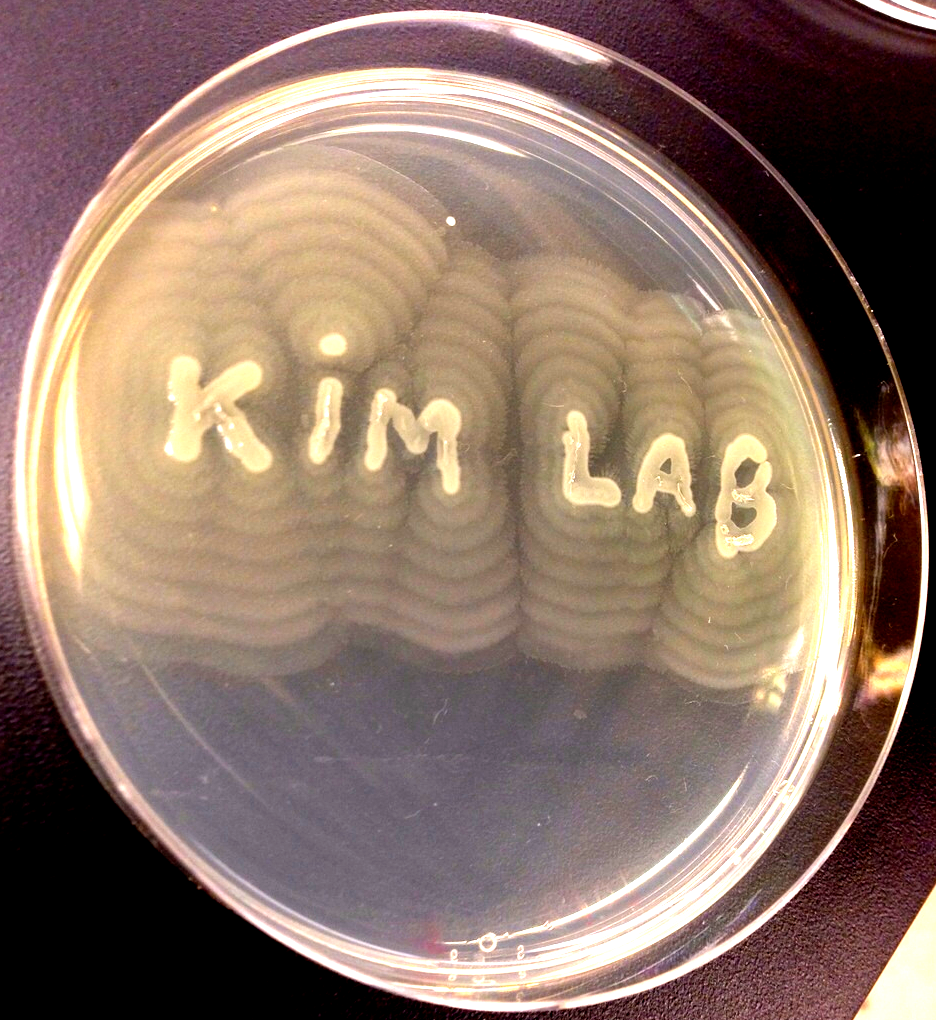Life as an Emergent Property
Living organisms sustain themselves through complex interactions between genes, proteins, and metabolites. Our research takes a systems-level approach to investigate how these molecular interactions drive cellular function. We combine cutting-edge biophysical and microbial techniques to explore biological processes from the molecular to the cellular level. By integrating mathematical modeling, we aim to quantitatively connect these levels. Our interdisciplinary work bridges physics and microbiology, revealing new insights into life’s fundamental processes. Here’s a glimpse into our current research areas.
1. Randomness in Living Organisms: Mechanism, Evolution, and Consequence
How alike are two microbial cells in a culture? While cells in clonal populations generally behave alike in stable environments, stressful conditions often induce unpredictable behaviors. We explore the origins of this heterogeneity at a systems level and its implications for the entire population.
A key area of focus is antibiotic resistance, traditionally thought to arise from genetic changes. Interestingly, we have found that even genetically identical cells exhibit different responses to antibiotics—some survive, while others do not. Our research shows that the tendency for survival can be passed on, leading to hetero-resistance, where cells within a clonal population express varying levels of resistance. This is analogous to how electron energy levels in atoms fluctuate due to thermal energy. We are investigating the biological source of such fluctuations in antibiotic resistance, their evolutionary role, and their impact on clinical treatment outcomes.
2. Collective Motility
Movement is crucial for organisms to find food and escape threats, but rough environments present challenges. Bacteria use collective motility, where large groups move together to overcome obstacles. This allows them to expand their habitat, invade other species, and reach new infection sites. We are exploring the physical interactions that make this possible and how it is biologically controlled.
3. Aero-microbiology
Microbes abound in the air we breathe, influencing weather, disease transmission, soil fertility, and food production. Despite this, our understanding of airborne microbes is limited, mainly due to the difficulty in culturing them. Partnering with Justin Burton at Emory, we’re using an innovative acoustic levitation system to study microbes in air under controlled conditions. With this method, we’re uncovering the physiology, metabolism, ecology, and evolution of these airborne organisms.


